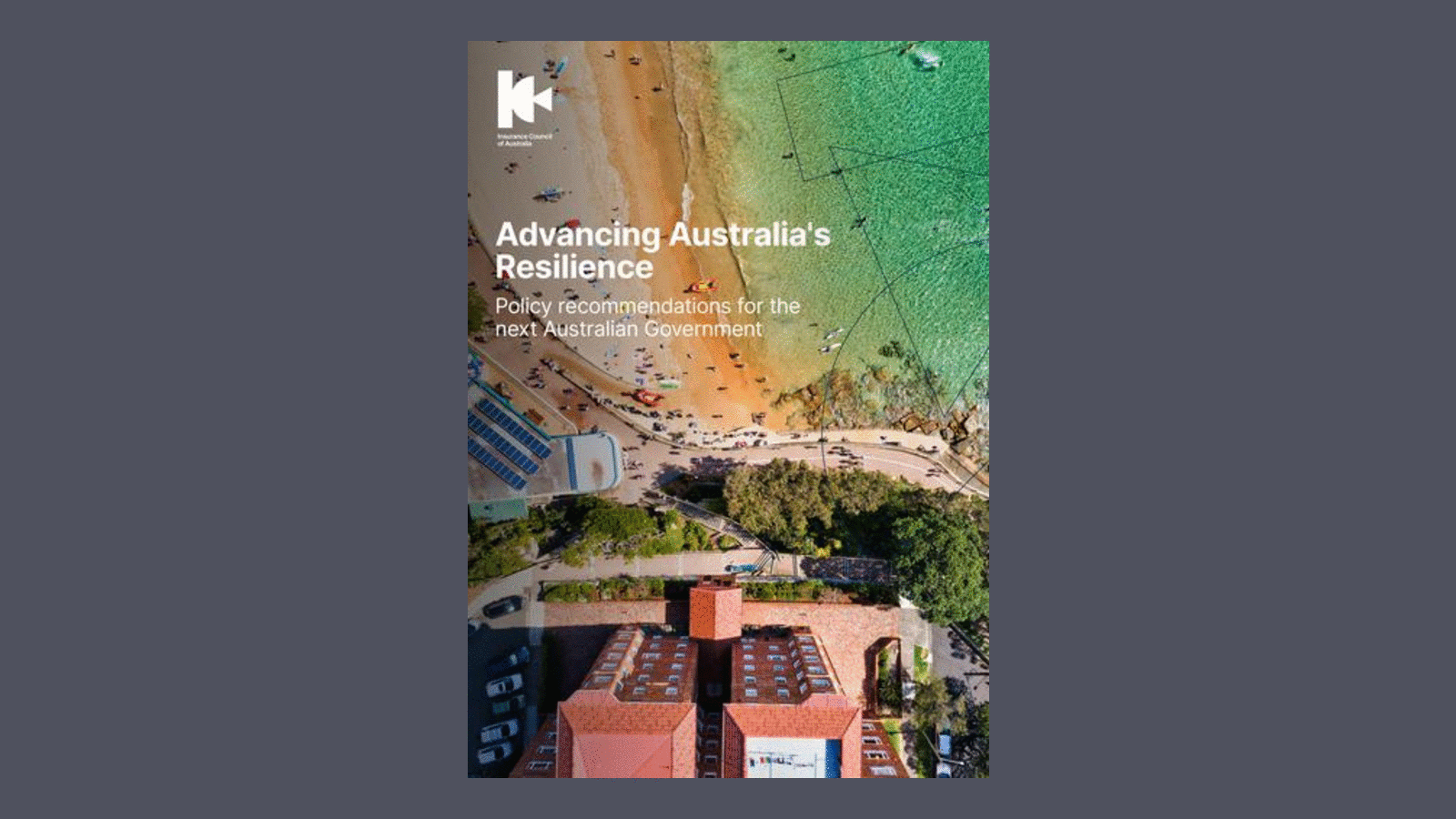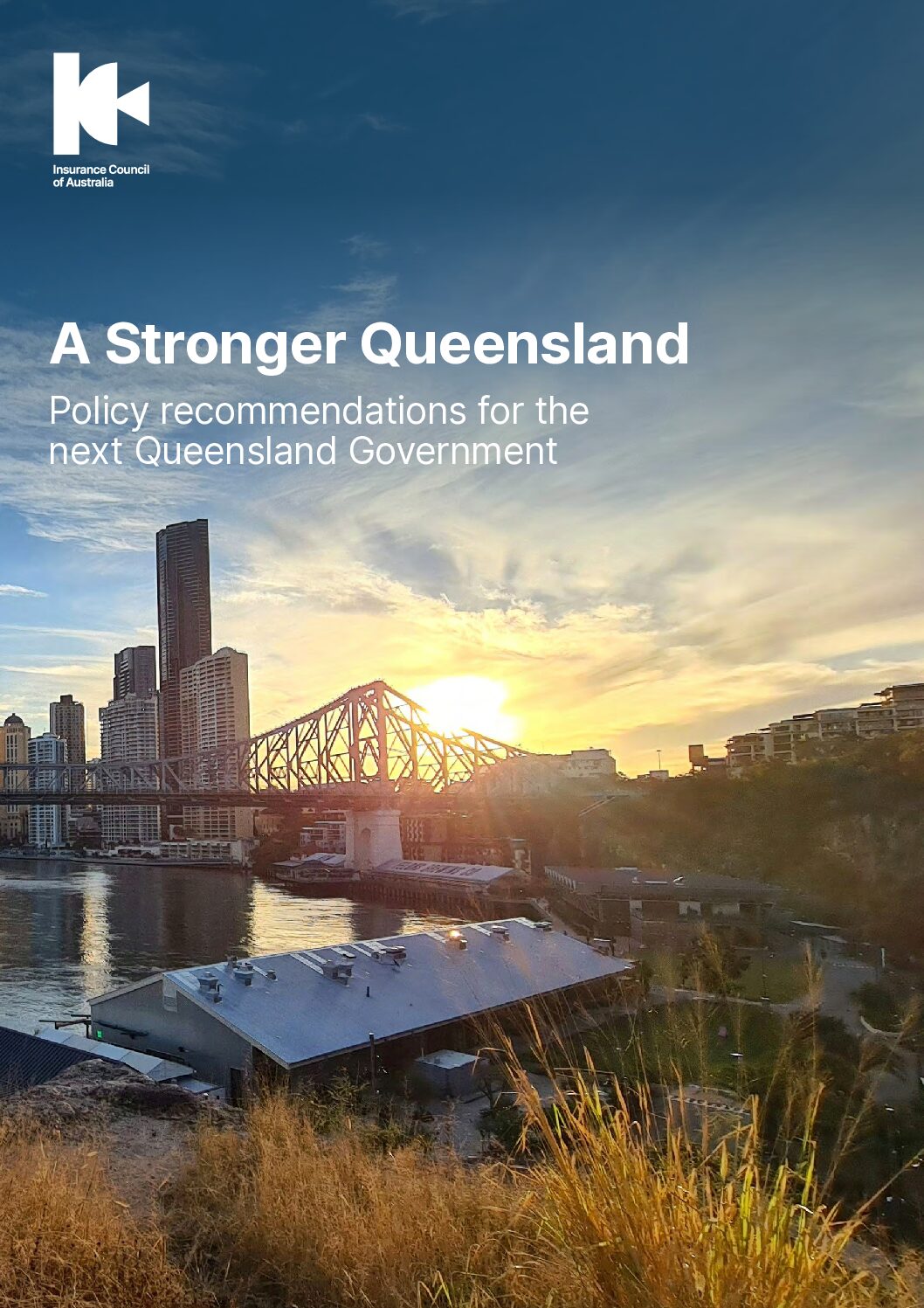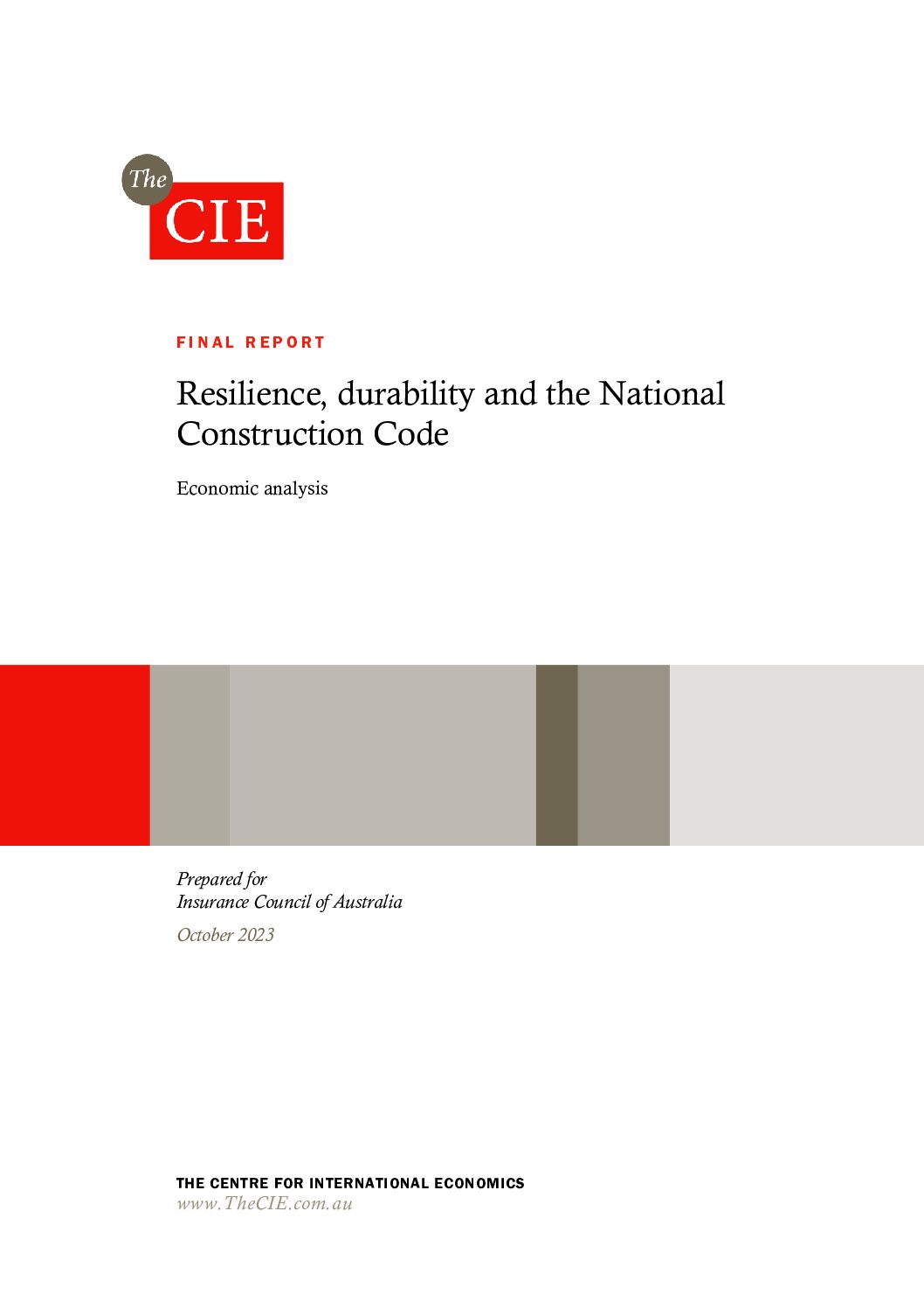Home Campaigns Future Proof Australia Building Standards
Building Standards
Improve building resilience
Australian homes should be built to last a lifetime. Embedding resilience in the National Construction Code (NCC) is essential to ensure homes and businesses can withstand extreme weather events both now and in the future.
Minimum building standards in Australia are currently designed to preserve life in a catastrophic event – but they are not designed with the goal of preserving the property itself.
Research commissioned by McKell by the Insurance Council in 2022 showed that over the previous 10 years, the average annual household cost of extreme weather has been $888, but that this figure is expected to jump to more than $2,500 a year by 2050.
To address this challenge, the Insurance Council encourages the Federal Government to work with states and territories to strengthen the National Construction Code (NCC) to require that new homes are made more resilient to the impacts of bushfires, cyclones and floods.
- Embedding resilience in the next edition of the NCC – due in 2028 – will ensure homes are built to better construction requirements.
- Reforming the NCC can also help address the widening insurance protection gap, given insurance prices reflect the level of risk within a given market.
Economic benefits from strengthening the NCC
Investing in stronger building standards offers significant economic advantages. Research by the Centre for International Economics for the Insurance Council found that:
- Strengthening the NCC to require that new homes are made more resilient to extreme weather could save an estimated $4 billion a year.
- Annual construction costs to improve resilience are estimated at:
- $2 billion for cyclones.
- $1.475 billion for floods.
- $486 million for bushfires.
The need for change
There is growing recognition of the need to strengthen the nation’s building codes. The House of Representatives Standing Committee on Economics inquiry into insurers’ responses to 2022 flood claims recommended that building codes and planning rules be strengthened and future-proofed to improve the resilience of communities and households. The Committee also noted that this should consider not just current flood risks, but also projected increases in risks based on climate modelling.
Recommendations
The Insurance Council of Australia recommends the Federal Government:
- Continue to support the inclusion of climate resilience as a specific objective of the Australian Building Codes Board (ABCB) from 2025, a precursor to inclusion of resilience in the National Construction Code (NCC)
- Commit to three-yearly reviews of the NCC
- Fund research ($1 million) to support amendments to the NCC and referenced technical standards to ensure buildings can better withstand current and future extreme weather events.


We are the representative body of the general insurance industry in Australia, shaping positive outcomes for our members, our people and the community.
Get in touch
Acknowledgement of Country
Footer






